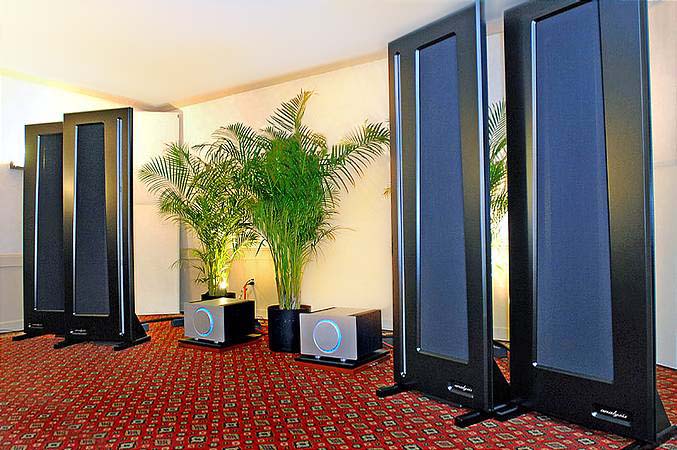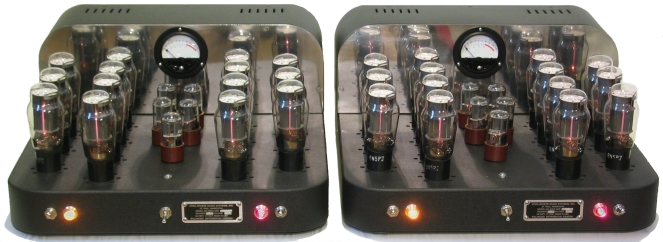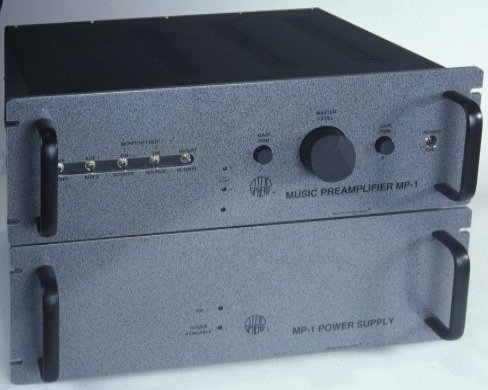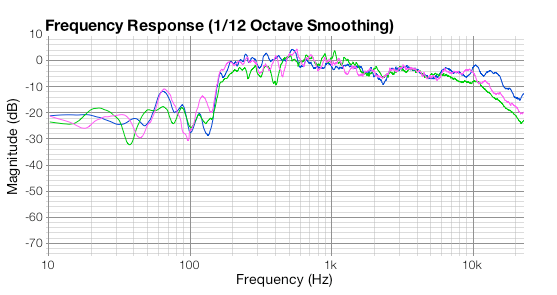|
Thanks for reading my post. Hopefully you have taken the time to peek at Gallant Diva's posts and system description. BTW my father is a good amateur pianist (my parents met at the conservatory before my father turned to mathematics) and has pretty much specialized in playing Chopin in the dramatic "Grand" Polish style, as he is of Polish extraction. The problem with the Piano is that it is radiating from different directions over an enormous radiating surface with the lid directing the upper radiation as a horn does on a speaker. Then there is the enormous transient volume of the hammer hitting the strings. I have done amateur recordings of the piano and understand the issues. Since the piano playing and recording playback were in the same room I ended up with the mics inside the piano hanging from a boom. The recordings are very nice, but they don't sound like the session when played back in any other room.... But back to the point. The problem is not only the bass, it is the midbass (middle C and the octave below) and the two octaves over middle C that are too powerful (on transients) for electrostats to handle in real life volumes. It is a problem of the physics of the materials used. Only recently, have King electrostatics managed to apply new charge carrying materials to their panels which raise efficiency and maximum SPL to where they might be able to reproduce piano fully. The piano quartet is usually less demanding on playback than a solo piano performance because the piano is often played with the lid halfway down to muffle the piano so that it fits within the dynamic range of the string instruments rather than have the piano overpowering the strings and the piece structured to have the strings accompany the piano - as in the early Beethoven chamber music for piano, or the prior classical era chamber works for piano. While I don't believe you can get from an electrostat the full impact of a piano quartet playing in a living room at home (very loud and even louder with clarinet or flute and ear ringing with French horn or trumpet) but you can obtain a great recreation of the sound of a piano quartet in a medium or large hall from a front seat (25 feet away and without an acoustic shell) with most large electrostats (with subwoofer) and the Apogee Scintilla and Diva, and from the large Maggies (once you change the weak crossover components) also the Analysis Orion (being a copy of a large Apogee). But only so long as the piano is played with the lid halfway down. As for subwoofers, I think the ne "Infraplanar" linked below is appropriate for any planar setup. I have not heard it, but the technical specs and the reviews are very convincing. I have played and heard quite a bit of chamber music with the piano in our living room with family and friends, and even had the odd experience of having my mother practice in the living room while our bunch of youth orchestra buddies did an impromptu after hours octet version of the third Brandenburg concerto in the kitchen (our pianist went around turning pages for a change). The piano easily intruded into the kitchen (door closed) and overwhelmed our great din with the percussive hits of hammers on strings.
With the Atmasphere amps, lets consider for a typical planar's 86 db sensitivity translates into 80 db at 4 meters for line sources, 74 db for point sources. The 4 meter distance is normal for listening to large speakers in a large room. Powered by 500 w/ch you get 30 db higher output for two speakers. giving you 106 db at the listening seat for a tall planar, 94 db for a dynamic/point source speaker. However, that leaves you short by quite a bit and assumes that the speakers have not hit their max SPL.
At this point you have the great difference between electrostatics and planar magnetics. The electrostats reach their maximum diaphragm excusrion and either arc or just stop at the stator.
The single ended planars can still produce an additional movement away from their pole piece (magnet board) to provide at least a compressed increase in SPL in a less than linear fashion while producing a transient motion away from the pole piece and back towards it. The non-linear portion of the output is only slightly compressed on the outgoing transient portion and heavily compressed as the diaphragm moves towards pole piece on the pull back post transient. Thus for transient musical events, the actual event (hammer on string) can be reproduced at nearly any volume given sufficient power, but the post event reverberation may be at least slightly compressed - but the same acoustic laws apply to the instrument as to the speaker and the reverberant energy (from the piano's sound board) after the transient is at least 3 db lower, thus requiring half the acceleration and one quarter of the maximum excursion.
So for large transients such as produced by a piano (lid open), single ended planar speakers like the Apogees, earlier Magnepans, and their successors can produce maximum spl's way beyond anything an electrostat can produce. With the addition of the high sensitivity version of the planar magnetic by the Australian Apogee, the maximum SPL for your Atmasphere 3 would be 116 db. Using one on bass and one on the top you can get 119 db, if the crossover is around the 300 hz. So we are nearly 10 db short. Had this been a class A/B tube 500 watt amp, then it could have a peak transient output much higher than its 500 watts RMS rating. But so far as I know (and I am not knowledgeable on them, OTLs don't have any headroom and thus have no dynamic output specification). My push pull Neo8 line array has a peak power handling of nominally 900 watts, for a theoretical maximum output of 123 db at the listening seat 3.5 meters away. I have played the whole triamped Tympani setup loud and measured a 126 db peak spl, similarly when I horn loaded the midrange array in an experiment I played big band music with peaks at the 128 db area when I forgot to set down the volume while switching sources to my high output phono stage and forgetting to set volume lower. (for a very short while - it hurts) I should point out that my Tympani bass panels (4) are all aimed and equidistant to cross in between my ears at the back of my scull when sitting up and at my nose when reclining. I may be getting additional gain from that. I keep my SPL meter on when listening to experiments or to high volume settings so as not to "blow my ears off" by accident. Using my Triode modified Dynacos, I should be able to obtain a theoretical max 107 db SPL at my seat from my midrange line array, and about 110 db from the overall speaker system when equalized for the Dynaco's lower gain. This is entirely fine for chamber music including piano with lid closed. In symphonic works and solo piano I have to resort to the modified Nuforce with 200 WPC/560 WPC peak into 4 ohms. This provides a theoretical maximum 121 db spl peak and 124 db spl peak with the rest of the speaker playing. I don't have an appropriate signal with which to test this without using heavy ear protection. But on playing loud music my SPL meter when set on peak hold tells me I am getting actual peaks of 126 db on solo piano (Horowitz/Liszt Mephisto Waltz, Nissman/Prokofiev sonatas, Harasiewicz/Chopin etudes, Argerich and ??? Rachmaninov Symphonic Dances for two pianos etc..) Despite getting the requisite theoretical volume, I do not get the full impact of piano attack in the midbass and lower midrange. I also lack the wild higher frequency reverberation of a piano in a room, but there I think it is a recording engineer's decision not to let that through. I do get more of the piano transients from LP than from CD. But I think that the speakers play their role in hiding them from me. Very close, but no cigar. Still enormously enjoyable.
Hopefully this helps and isn't just me indulging in a serious episode of excessive rambling.


|
























